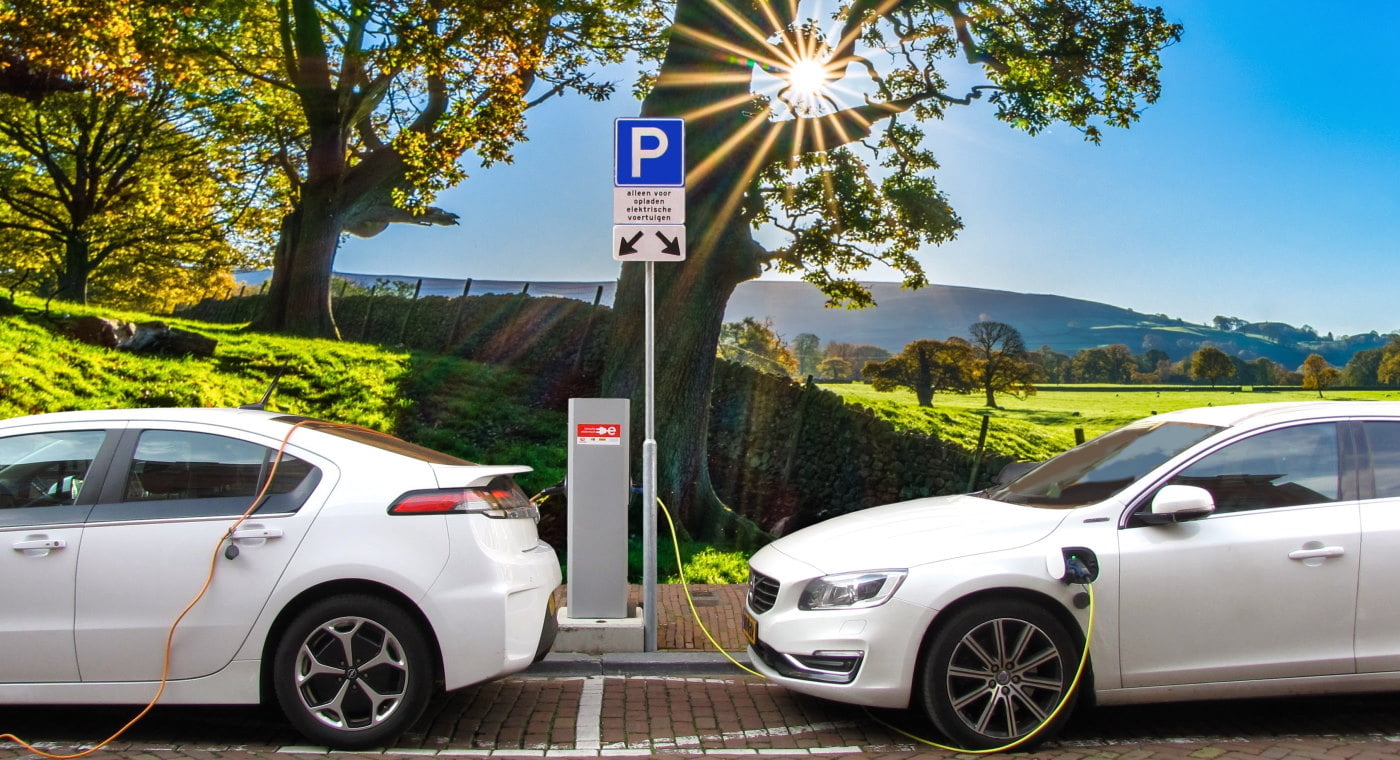There are a couple of interesting things to notice in the latest published research about electric car adoption, from the European Automobile Manufacturers' Asssociation (ACEA), the body that represents the 15 biggest European car, van, bus, and truck makers.
One of them is that the Baltics are not doing overly well. Battery electric and plug-in hybrid cars made up 10.5% of all new cars sold in the EU last year. However, 10 member states still had a market share of lower than 3%, with both Estonia and Lithuania in that group and firmly in the bottom five of the EU countries.
Another is that, according to the ACEA, the sales percentage of electric cars is clearly linked to a country's standard of living and directly to GDP per capita. The only obvious conclusion that you can draw from that is that affordability is a major issue that prevents people from buying electric when choosing a new car.
“As is the case with the distribution of charging infrastructure, there is a clear split in the affordability of electric cars between Central-Eastern Europe and Western Europe, as well as a pronounced North-South divide,” stays Eric-Mark Huitema, ACEA Director General.
Countries with a total electric car market share of less than 3% have an average GDP of below €17,000. This is the case for instance in Central and Eastern European countries as well as in Greece. What is more, the five countries with the lowest market uptake of electric cars also have very few charging points – under 1% of the EU total each.
On the other hand, a market share of more than 15% for electric cars is only found in richer countries in Northern Europe with an average GDP of over €46,000.
Almost three-quarters of all EU electric car sales are concentrated in four Western European countries with some of the highest GDPs (Sweden, the Netherlands, Finland and Denmark). The remaining quarter of sales is spread across 23 member states. Norway isn't an EU member so they don't count their figures, although they easily top the world tables and are increasing their electric car percentage at a rapid pace.
As recent figures from the European Environment Agency show, the auto industry’s heavy investments in low-emission vehicles are paying off. With sales of electric cars trebling between 2019 and 2020, average CO2 emissions were down a record 12% last year.

Huitema states that “To continue this progress on the road to zero, the European Commission must now urgently ensure that all the right conditions are in place – and that no countries or citizens are left behind. Zero-emissions vehicles must be affordable and convenient for everyone.”
Of course he is right, if we want to end the reliance on fossil fuels, then the alternatives have to be affordable for everyone, not just the highest earners. Europe’s auto makers are calling on governments to offer incentives to stimulate sales of electric vehicles, and binding infrastructure targets for each EU member state, but they also have to play their part by producing budget and mid-price electric cars that can compete on price with fossil-fuelled competitors.
